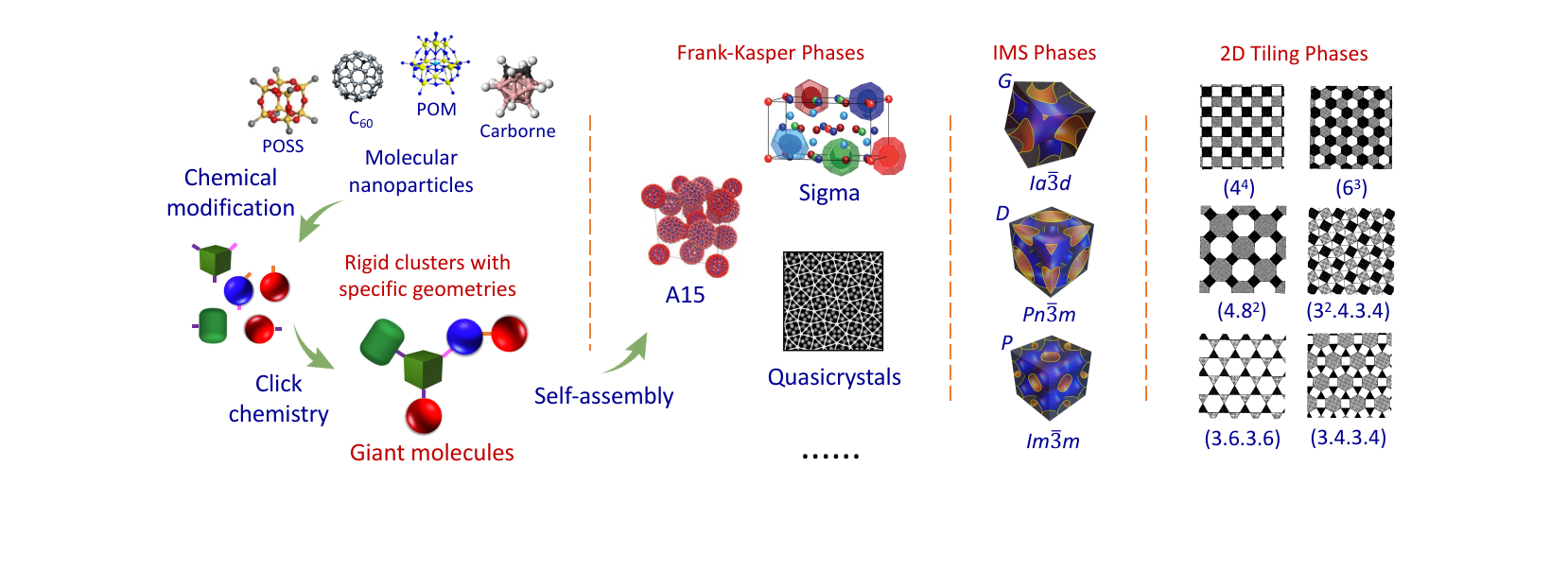箴言
----------------------------------------------
-----------------------------------------------
在科学上没有平坦的大道,只有那些不畏艰险沿着陡峭山路攀登的人,才有希望达到光辉的顶点。
----马克思
-----------------------------------------------
合作研究
------------------------------------------
请有兴趣的研究组联系我们。欢迎任何形式的合作,尤其是在自组装、水凝胶以及生物医药等方向的合作。
------------------------------------------
请有兴趣的研究组联系我们。欢迎任何形式的合作,尤其是在自组装、水凝胶以及生物医药等方向的合作。
------------------------------------------
研究成果
77. From Protein Domains to Molecular Nanoparticles: What can Giant Molecules Learn from Proteins? Mater. Horiz. 2017, 4, 117-132
发布时间:2017-03-23
Wen-Bin Zhang, Xia-Ling Wu, Guang-Zhong Yin, Yu Shao and Stephen Cheng. From Protein Domains to Molecular Nanoparticles: What can Giant Molecules Learn from Proteins? Mater. Horiz. 2017, 4, 117-132. [Link] [PDF]


Abstract
Synthetic polymers are still considered primitive as compared to the sophisticated polymeric machines like protein. There is so much that synthetic materials can learn from proteins. This review discusses an emerging class of precision macromolecules called “giant molecules” in the context of Materials Genome Initiative, as a tribute to the workhorse of Nature – the proteins. In protein science, modular protein domains can be tuned and combined in different ways to create new and versatile functions. Inspired by the “domain” concept, we draw an analogy between protein domains and molecular nanoparticles in the hope of developing “artificial domains” for synthetic polymers. Giant molecules are polymers built on such artificial domains. The two categories are then discussed in parallel with respect to their specific types, how they can be engineered, and how they would assemble hierarchically. Indeed, giant molecules share many features common with proteins and exhibit many unconventional hierarchically assembled structures and intriguing phase behaviors at different length, energy and time scales. The functions of giant molecules and their relation to the assembled hierarchical structures are under intense investigation, which shall pave the way to developing a modular and rational approach for advanced materials. Under the Materials Genome Initiative, the field of giant molecules calls for an even closer, and more dynamic and creative joint endeavor among chemistry, physics, and biology.





